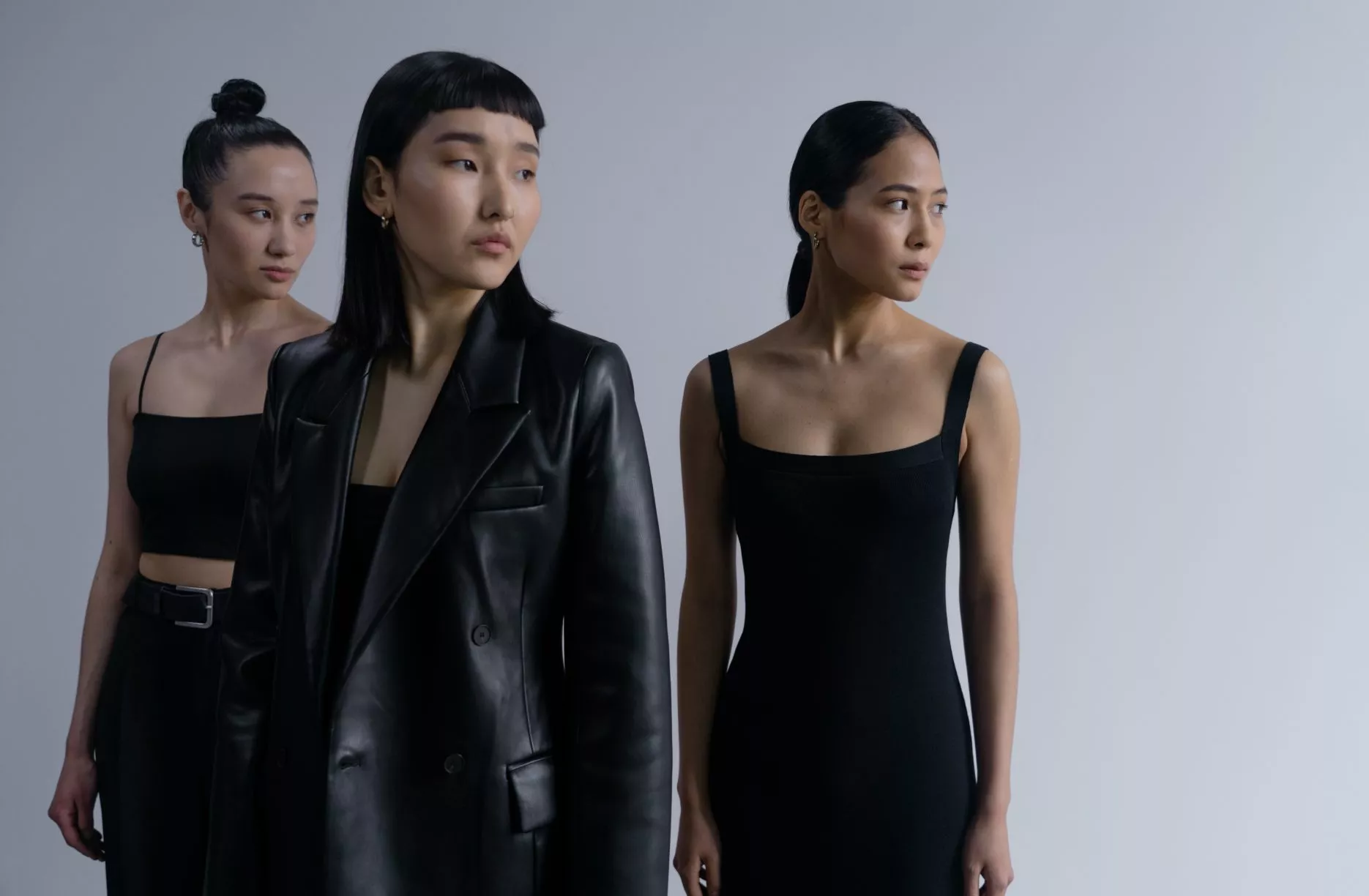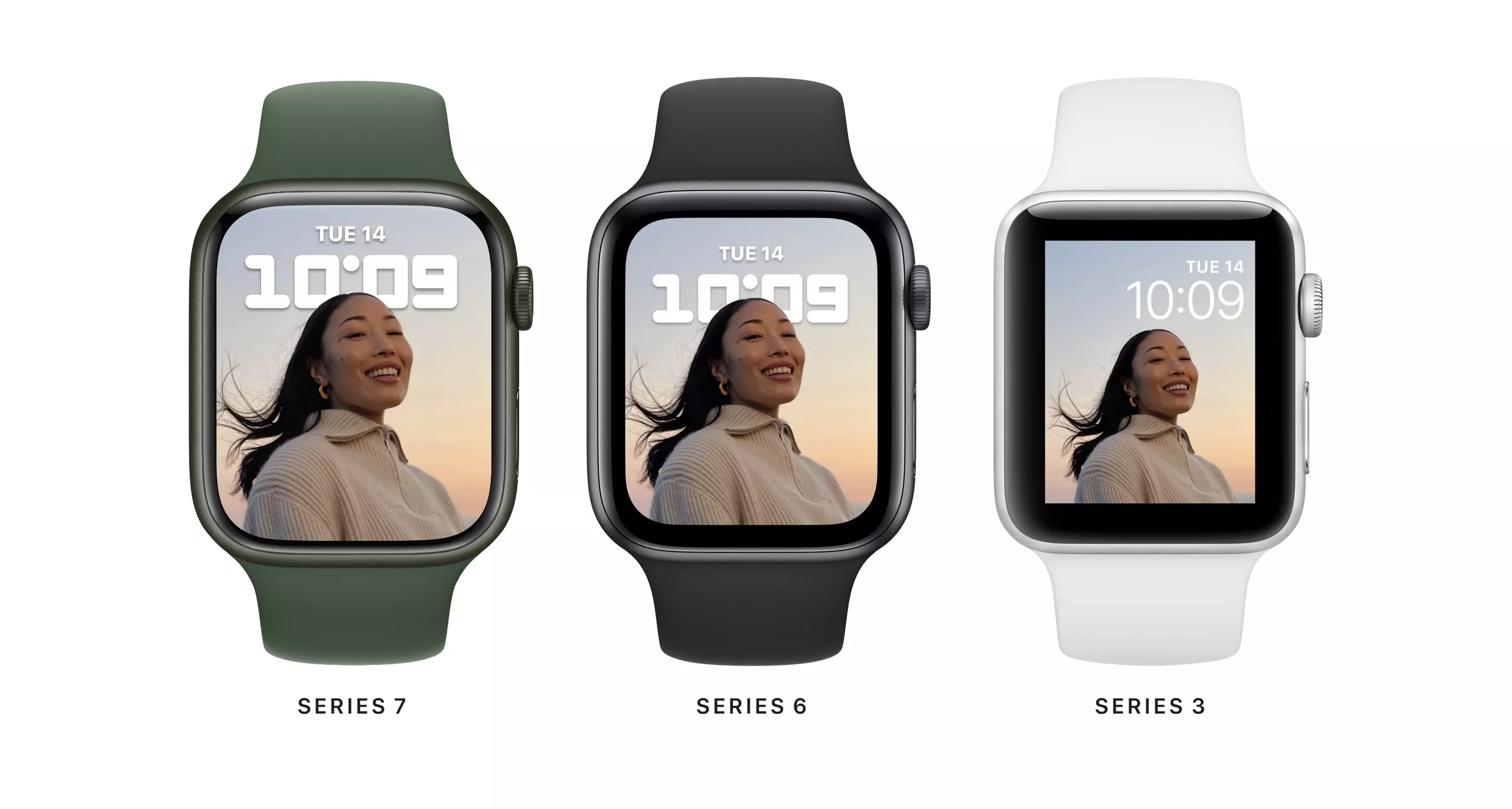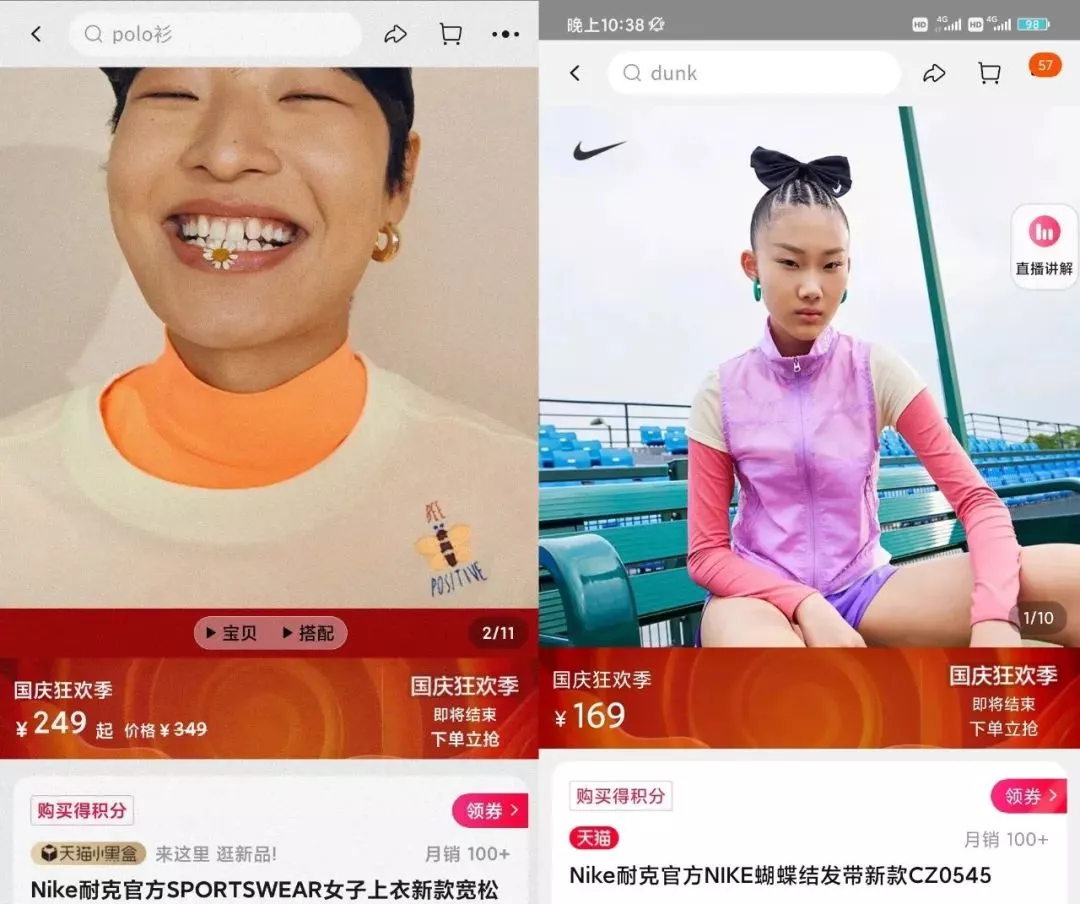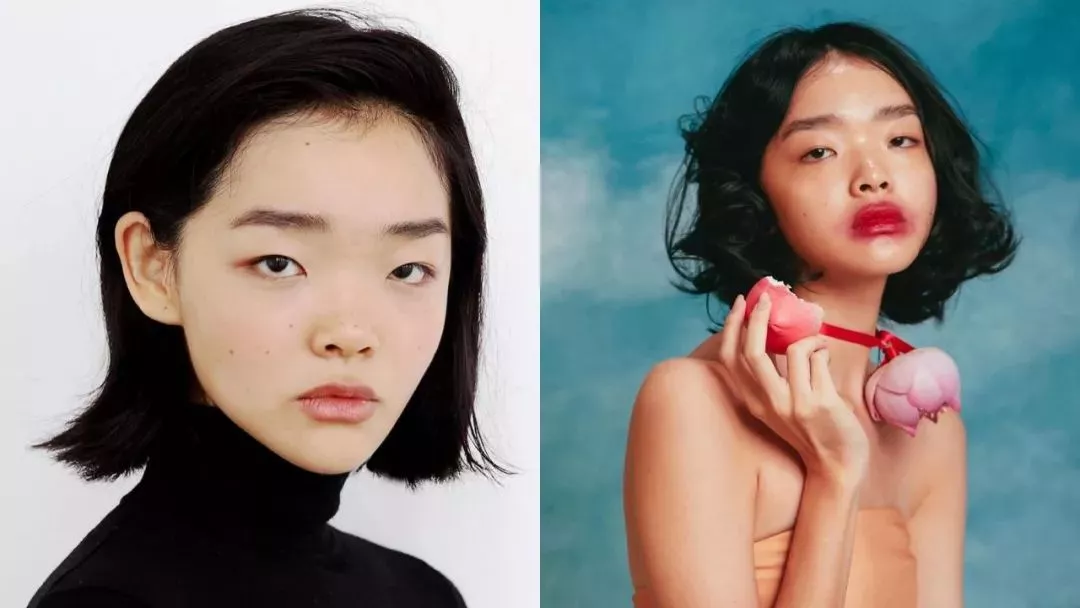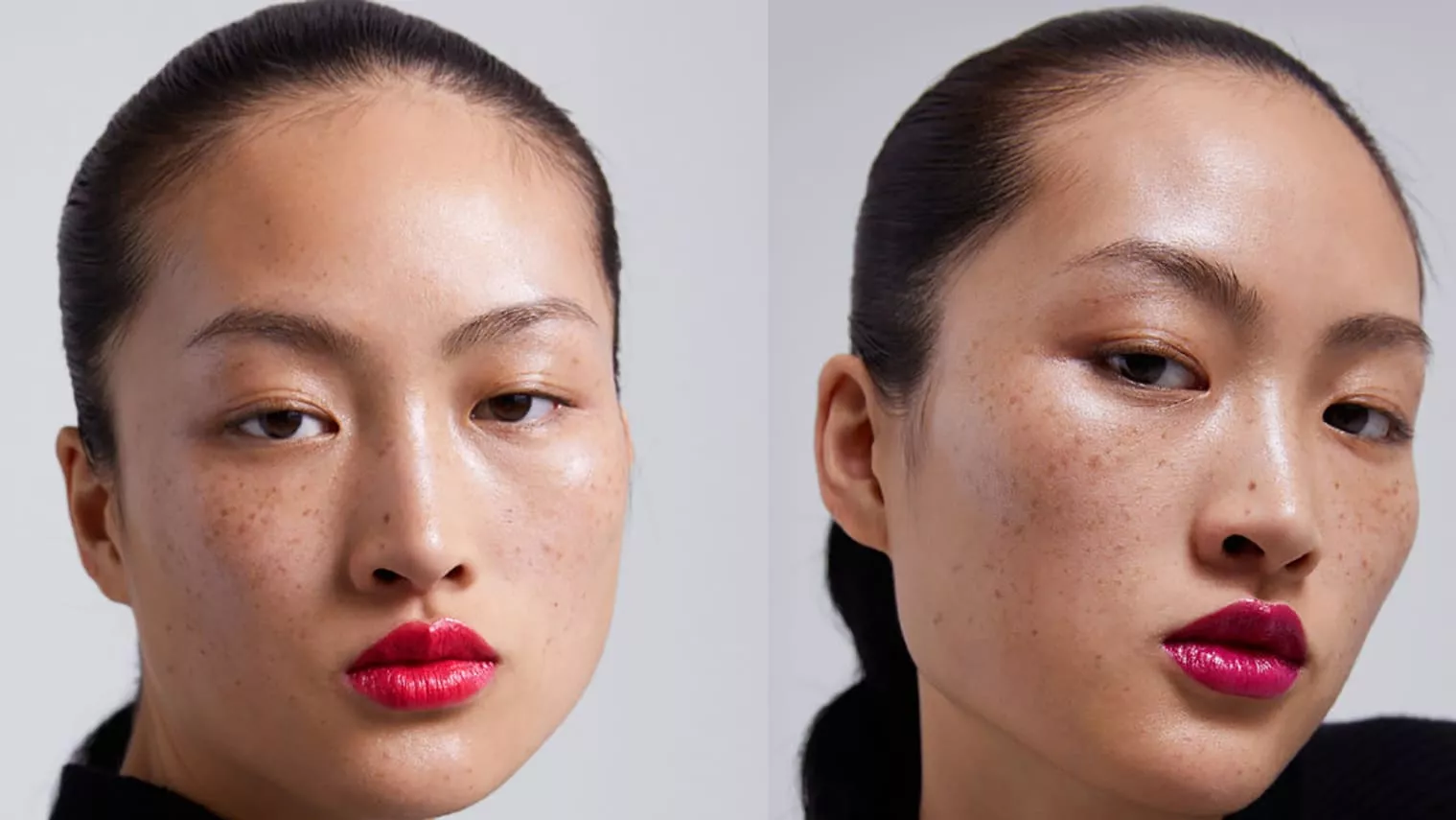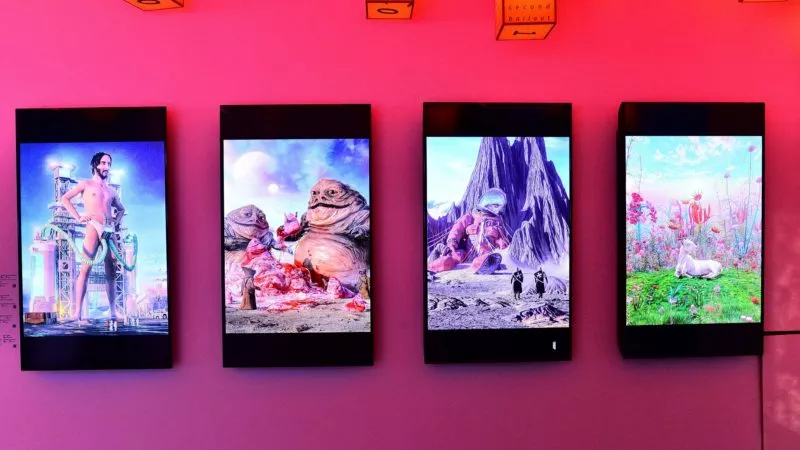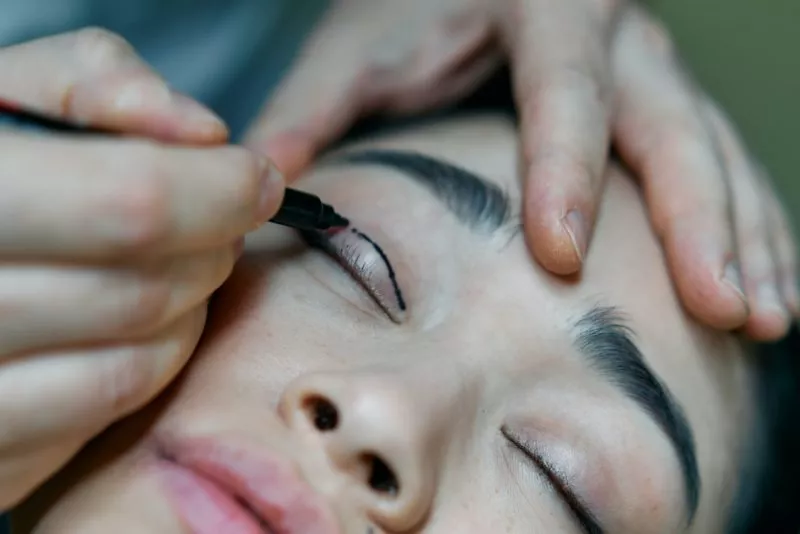Looking at Chinese people through top brands’ eyes
How are Chinese people typically presented? Single-fold eyelids, and slanted eyes? It is highly likely you get this picture from the Chinese models featured by international brands, who reinforce the stereotypes of Asian people.
From Vogue, Zara, to Apple and Nike, these influential names continue the exotic Chinese (Asian) look, with features mentioned above, to boost their ever-growing global brand campaigns.
Stereotypical-looking models have caused disappointment and anger towards some foreign brands.
Typically, when promoting brands in a foreign country, playing on cultural differences can be helpful if you can approach it in a considered and knowledgeable way. Unfortunately, in many cases, what is meant to win the heart of the local consumers often ends up courting controversy.
This is particularly true in China, where the cultural setting is tremendously different from the west, and these stereotypical-looking models have caused disappointment and anger towards these brands.
If you can’t make it right, you get boycotted
You may have heard of some large marketing fails in the past, but this one was a significant example in China as Dolce & Gabbana saw a 98% drop in sales in 2019 due to a campaign that overstepped the line of light-hearted cultural jokes.
Back in 2018, this well-known brand released a series of campaign videos where a young Chinese lady was trying to conquer some famous Italian food with chopsticks. Throughout the videos, she used the trusty chopsticks in an exaggeratively odd and confused manner, smiling awkwardly and squinting her eyes into two lines.
It was a clear indictment of the lack of cultural insight Dolce & Gabbana needed in the Chinese market, being stereotypical towards China and the Chinese consumer base causing massive issues for the company.
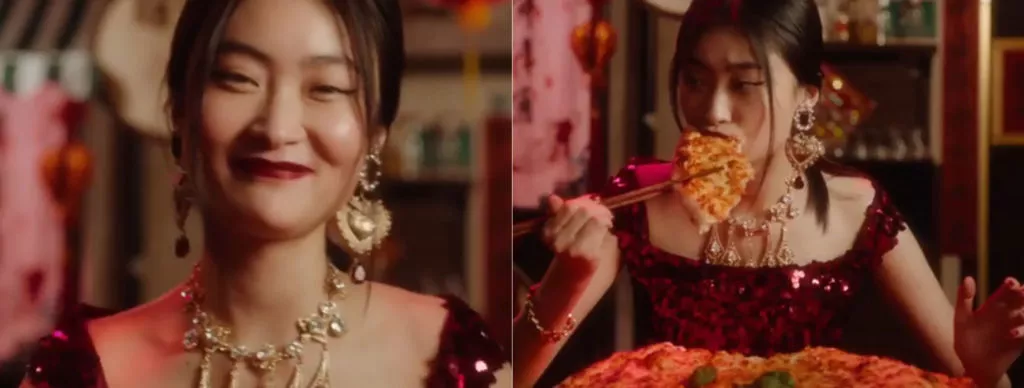
Ever since the failed campaign, Chinese celebrities, and social media influencers have abandoned Dolce & Gabbana. Even today, two years later, Chinese consumers don’t let it go. When Karen Mok, a leading pop singer, and actress, released her new music video this June, her use of Dolce & Gabbana products was the cause of much criticism.
The new Dolce & Gabbana collections worn in the MV were immediately noticed and questioned by her fans and as a result, Karen apologised for her negligence and deleted the video. It is clear that D&G has created the worst type of legacy within this market, one where their brand is boycotted and ignored by celebrities and consumers alike.
What did international brands get wrong about Chinese people?
The typical Chinese faces portrayed by foreign brands have a controversial past, with international brands proving their ignorance on several occasions. Slanted eyes and thin eyebrows were first recorded as a typical Chinese appearance in a British novel – The Mystery of Dr Fu Manchu.
The typical Chinese faces portrayed by foreign brands have a controversial past, with international brands proving their ignorance on several occasions.
The main character, Fu Manchu, was depicted as a mysterious villain who showed unemotional cruelty to others. In China, people generally believe this fictional figure was created to stigmatise the country as a yellow peril, with his distinct look often associated with Chinese models presented by many international brands.
The racism and hurtful depictions and assumptions of the past towards the Chinese have come back to harm those international companies, whose use of the image has correctly received backlash from Chinese consumers.
The common wisdom is that when talking about beauty, no one can define it for a nation. Ironically, many Chinese models on foreign fashion magazines or billboards look like siblings – small eyes on an indifferent face.
Considering the diverse property of fashion, isn’t it a bit of failure if all people can remember about international brands in China is the squinting eyes and unhappy faces? This leaves an ignorant reflection upon the world and their current customer base, as well as entrenching dangerous stereotypes that have ramifications not just on companies, but more importantly people.
It is fair to say the brand’s insensitivity has caused issues, and that unique looks can be accepted as beauty standards of their own. But why bet on something that could lead to a boycotting of the brand when there is a whole variety of looks that can really hit Chinese consumers.
A peek into the beauty in China’s eyes.
If you have been following new trends in China, you will have heard of the metaverse race going on in China. Chinese tech giants are competing to develop virtual celebrities and intriguing the Chinese users to the upcoming adventure in the under-construction metaverse.
Xiaohongshu and Tencent are leading the game, by making their virtual characters’ debut last month. TikTok’s owner ByteDance is catching up, welcoming a new virtual character on Douyin (China’s TikTok). Just overnight, the new account built for this character gained over 1.5 million followers upon her arrival on the platform.
In contrast to the west, where make-up is mainly for looking sexy, Chinese virtual characters apply lighter tones for a natural look, something more in-line with Chinese notions of appearance.
Those imaginary figures are well-received amongst Chinese consumers because they present beauty that the local people appreciate, one that is not lazily made or insulted.
In contrast to the west, where make-up is mainly for looking sexy, those Chinese virtual characters apply lighter tones for a natural look, something more in-line with Chinese notions of appearance.
Their styles are also distinguishable from the South Korean and Japanese, with thin eyebrows and bright red lipstick, which started as early as the Four Beauties of ancient China. Admittedly, there is now a trend of having a prominent nose, pointed chin, and pale face, boosting plastic surgery and cosmetic medicine.
China never lacks diversity, as a country of 1.4 billion people with over 9 million km2 of landmass, there is an abundance of cultural and physical differences. You can always find people with different facial features, skin tones, and temperaments.
So brands should start seeing Chinese people through multiple lenses that apply more positively to the vibrant country China is, removing the iron wall between you and the people, bringing you closer to them, and getting the campaign message across as you wish.
Read more:




